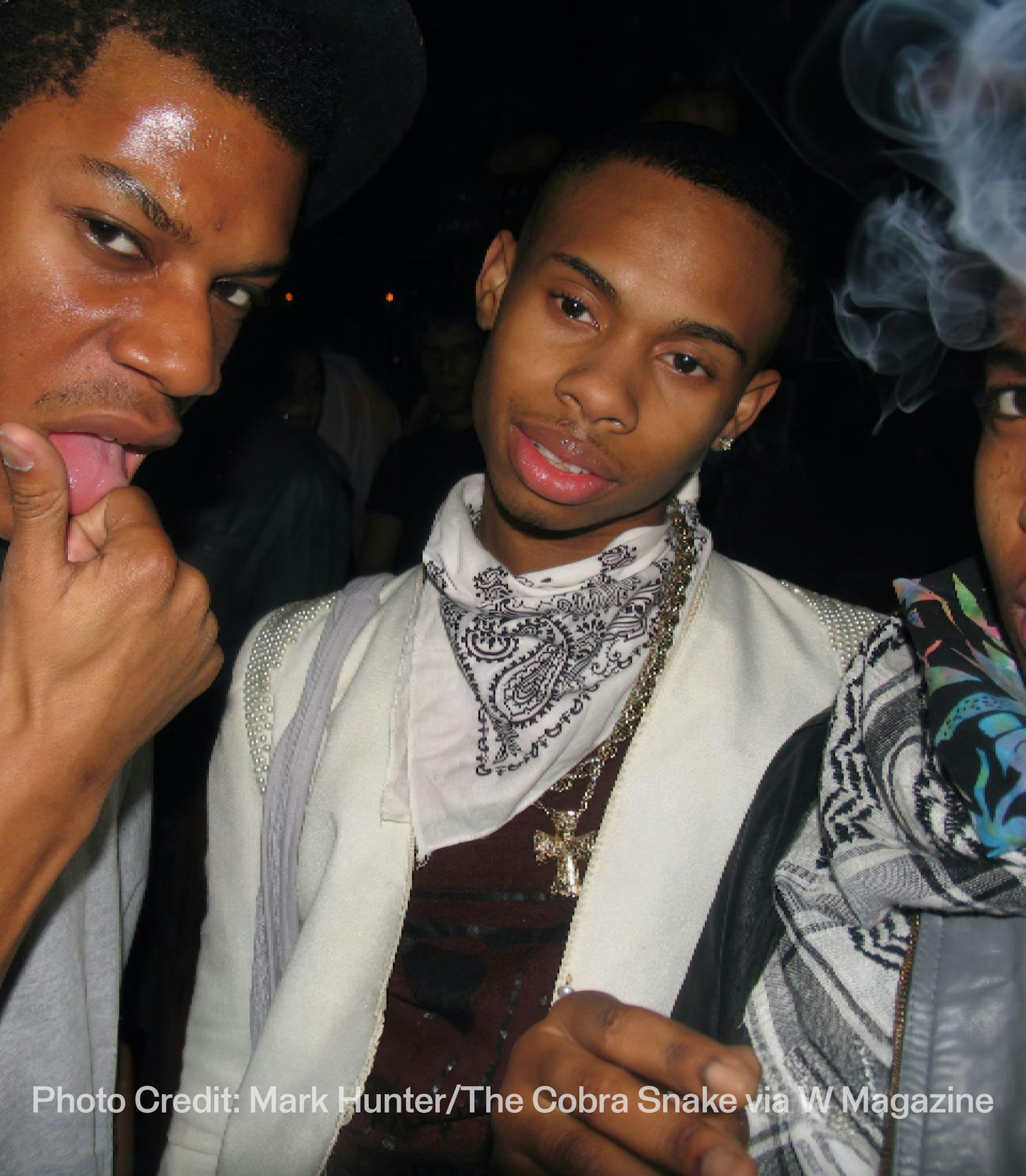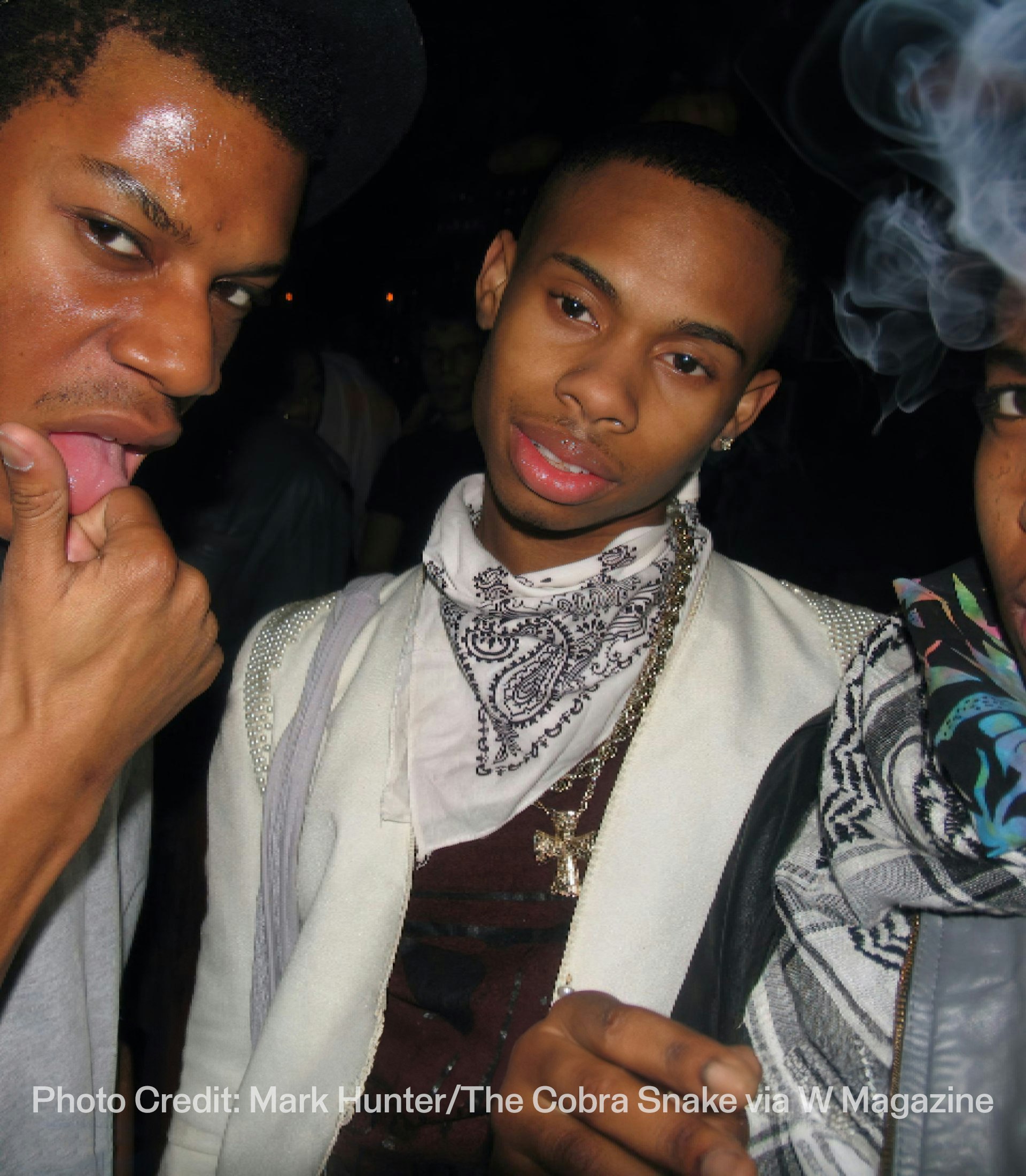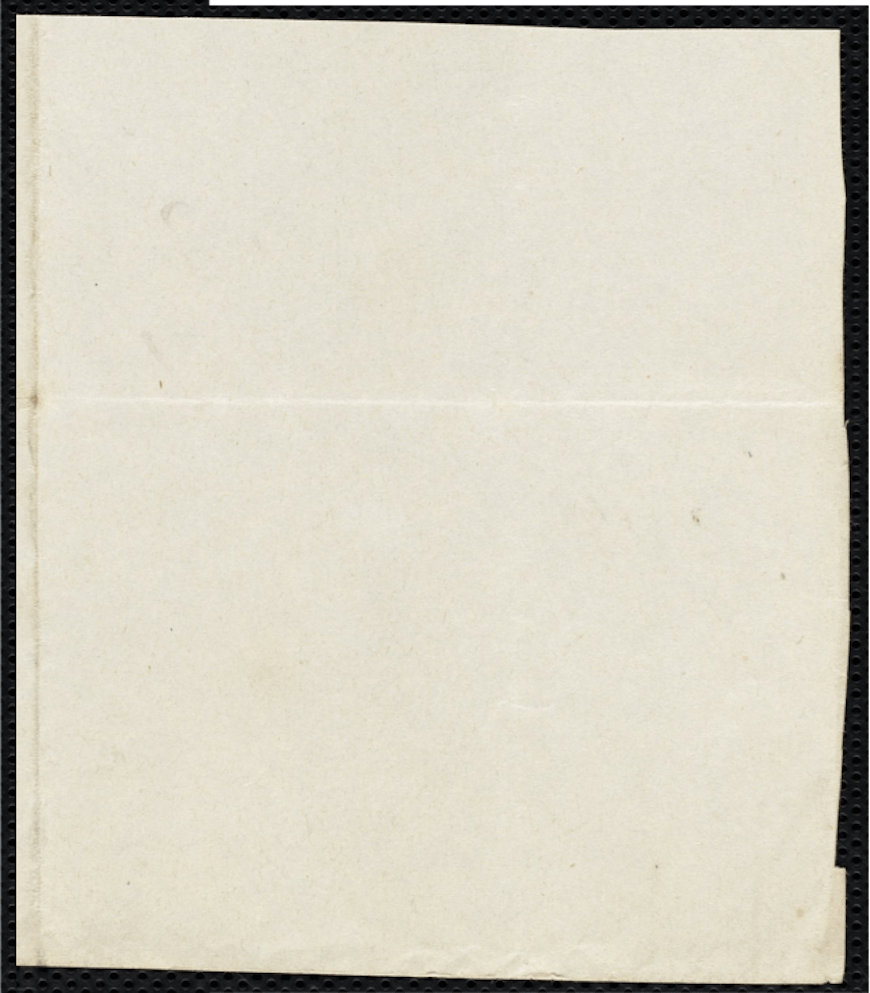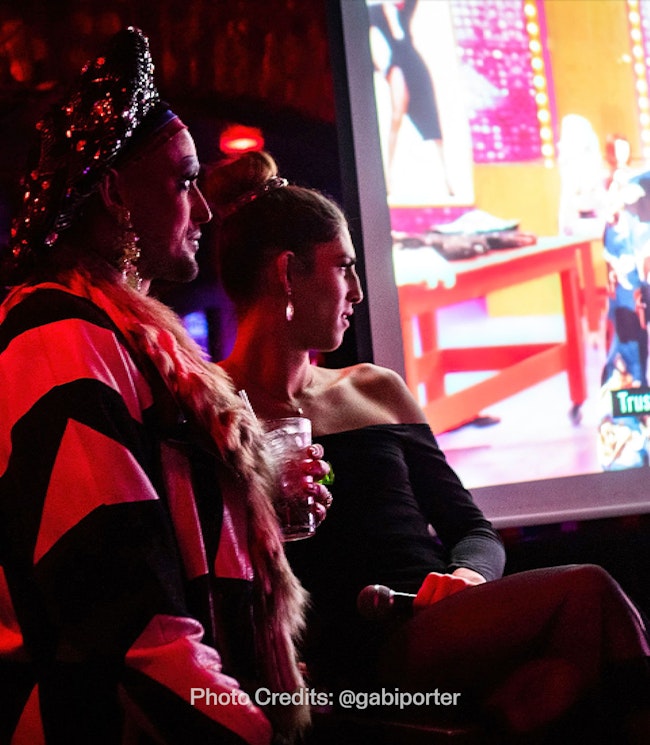
words by
Ed Hunt
December 22, 2022
culture hack
Is Indie Sleaze Here to Stay?
Much has been made of the latest recycled 00s trend du jour: Indie sleaze. A term credited to a now-iconic Instagram account that epitomizes the aesthetic sensibilities of the latter half of the 00s (a decade affectionately referred to as the Noughties in the UK) to the early 2010s. Flash photography and clubbing into the small hours. Looking like a bit of an artful mess. Four Loko. An era of millennials in their nascent ascendancy and Obama’s election signaling change and optimism in the air.
Trend forecasters may be in conniptions about a possible return of skinny jeans, but beyond the aesthetics, one could argue indie sleaze is part of a broader post-pandemic shift toward living-in-the-moment hedonism. From BeReal’s literal zeitgeist appeal to photo-dumping on Instagram, consumers are tired of the filtered, edited and curated. Perhaps a nostalgia for times more immediate and less urgent, where we were less petrified for the future.
As someone who lived the original era of indie sleaze, and the UK’s PSA adverts warning us to the dangers of becoming the next Amy Winehouse or Pete Doherty, it seems hard to imagine the hedonism of the 00s truly being brought back in today’s context. Inclusion appears ingrained into youth consciousness in stark contrast to the naivete around issues of race, gender and body imagery that plagued the era. The surge in low-ABV and zero proof drinks shows no signs of abating.
Should the trend be here to stay, then the indie sleaze of the 2020s may have to be decidedly more inclusive and less sleazy than its predecessor. Rather like the reintroduced version of Four Loko.





















